La Mancha Goat
- February 6, 2024
- 0 comment
The La Mancha Goat, often simply known as the “La Mancha,” is a distinctive and highly versatile breed. Originating in the United States, it has gained recognition for its unique physical characteristics and adaptability. One of the most striking features of the La Mancha Goat is its incredibly short or almost non-existent ears, often referred to as “gopher ears.” This trait sets them apart from other goat breeds, making them easily recognizable.

La Mancha Goats are renowned for their exceptional milk production, known for their high butterfat content, making it ideal for cheese and butter production. These goats are also valued for their lean and flavorful meat, making them a dual-purpose breed. Additionally, they excel in weed control, often used to maintain pastures and reduce the need for herbicides. Whether you’re interested in dairy, meat, or their unique appearance, La Mancha Goats are a remarkable addition to any farm or homestead.
| Specification | Description |
|---|---|
| Breed Name | La Mancha Goat |
| Origin | United States |
| Ear Characteristics | Gopher ears (short or almost non-existent) |
| Primary Use | Dairy and meat production, weed control, and showmanship |
| Milk Production | 1 to 2 gallons of milk per day (on average) |
| Butterfat Content | High butterfat content, ideal for cheese and butter |
| Meat Quality | Lean and flavorful meat |
| Adaptability | Suitable for various climates and farm sizes |
| Temperament | Friendly and sociable |
| Maintenance | Regular health check-ups and grooming may be required |
An Overview of This Unique Breed

The La Mancha Goat, often referred to simply as the “La Mancha,” is a distinctive breed known for its unique physical characteristics and versatile abilities. Originating in the United States, this breed has garnered significant attention and popularity among farmers and homesteaders. In this article, we will delve into the history, characteristics, uses, and care of the La Mancha Goat, shedding light on what makes it stand out in the world of livestock.
The History of La Mancha Goats
The history of La Mancha Goats is a fascinating journey that began in the early 20th century in the United States. This unique breed’s development is a testament to the dedication of breeders and their vision for creating a distinctive dairy goat.
The origins of the La Mancha Goat can be traced back to various goat breeds, including Spanish, Swiss, and French breeds. Breeders were motivated to create a dairy goat with exceptional milk production capabilities and unique physical traits. The goal was to develop a breed that could thrive in different climates and serve as a valuable asset to the dairy industry.
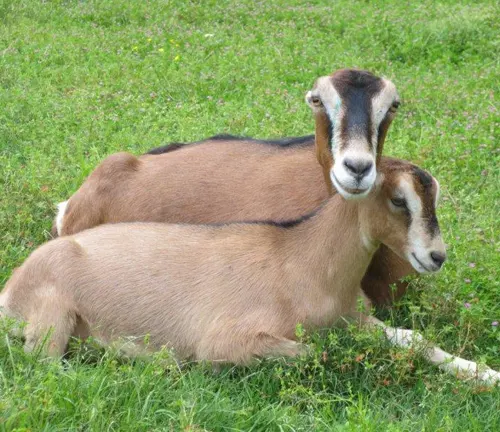
Through a series of selective breeding programs and careful genetic selection, the breeders began to refine the characteristics of the La Mancha Goat. One of the most notable and defining features of this breed is its ears. La Mancha Goats are known for their “gopher ears,” which are incredibly short, almost non-existent, and well-fleshed. This unique trait sets them apart from other goat breeds and makes them easily recognizable.
Unique Physical Characteristics
The La Mancha Goat is celebrated for its unique and distinctive physical characteristics, which set it apart from other goat breeds. The most notable and defining feature of the La Mancha Goat is its ears.
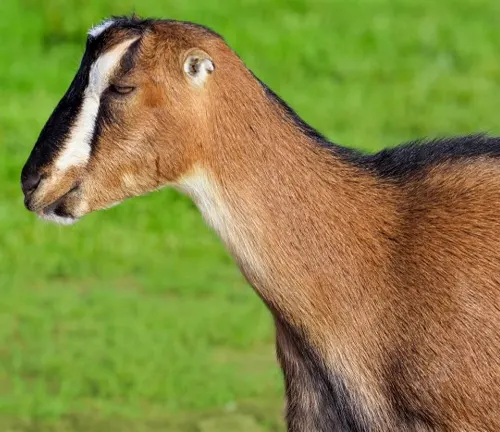
Gopher Ears
La Mancha Goats are renowned for their “gopher ears.” These ears are extremely short, almost non-existent, and well-fleshed against the head. Unlike the long, pendulous ears seen in many other goat breeds, the gopher ears of the La Mancha Goat are a genetic trait that is consistently passed down to offspring. These very short ears are typically only about 1 inch long and may have small, round openings, resembling the appearance of a gopher’s ear canal, which is how they got their name.
Versatile Uses
La Mancha Goats are highly regarded for their versatility, making them valuable additions to farms and homesteads. Their adaptability and ability to excel in various roles contribute to their popularity among livestock enthusiasts. Here are some of the versatile uses of La Mancha Goats:
- Dairy Production: La Mancha Goats are well-known for their exceptional milk production. Their milk is prized for its high butterfat content, making it ideal for producing cheese, butter, and other dairy products. Their calm and friendly temperament also makes them easy to handle in dairy operations.
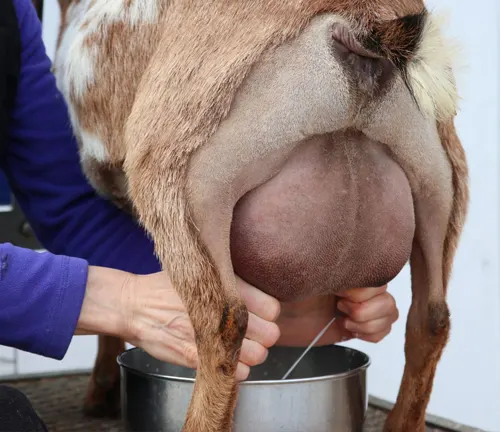
- Meat Production: While primarily bred for dairy, La Mancha Goats also provide quality meat. Their lean and flavorful meat make them a dual-purpose breed, allowing farmers to benefit from both milk and meat production. This versatility can be especially advantageous for small-scale farmers.
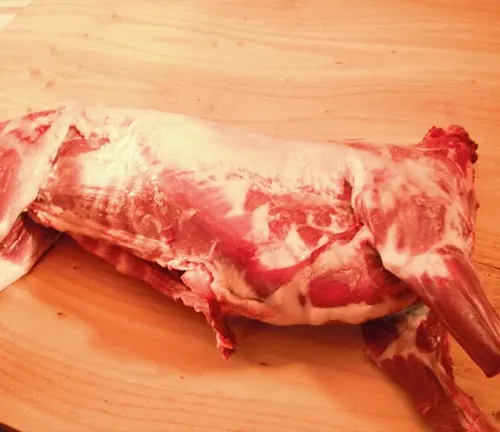

- Weed Control: La Mancha Goats are avid browsers and are highly effective in controlling weeds and underbrush on farms and pastures. Their natural foraging instincts help maintain the land and reduce the need for chemical herbicides, making them an eco-friendly choice for weed control.

- Showmanship: Due to their unique appearance and friendly disposition, La Mancha Goats are often showcased in agricultural shows and fairs. Many breeders enjoy participating in showmanship events, where they can exhibit the beauty and unique traits of their La Mancha Goats.
- Companionship: La Mancha Goats are known for their sociable nature and are often kept as pets or companion animals on homesteads. Their friendly temperament makes them enjoyable and interactive animals to have around.
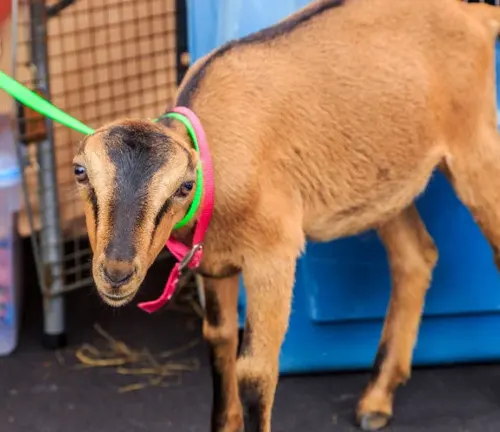
Educational Purposes: La Mancha Goats are used in educational settings, such as agricultural programs and petting zoos, to teach people about livestock farming and animal care. Their unique appearance and gentle demeanor make them excellent candidates for educational purposes.
- Breeding and Genetics: La Mancha Goats are frequently used in breeding programs to introduce the “gopher ear” trait into other goat breeds. This genetic diversity contributes to the development of new and interesting goat breeds.

Care and Maintenance
Proper care and maintenance of La Mancha Goats are essential to ensure their health and well-being. Whether you are raising them for dairy, meat, weed control, or as pets, following these guidelines will help you keep your La Mancha Goats in top condition:
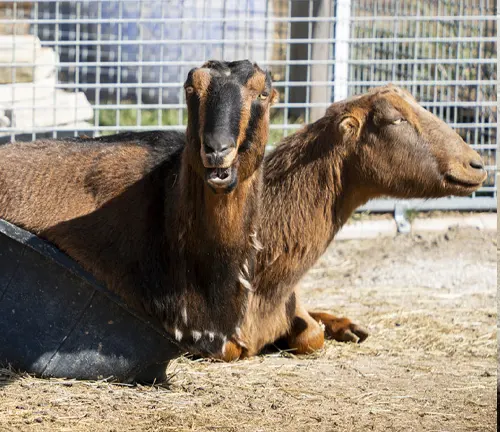
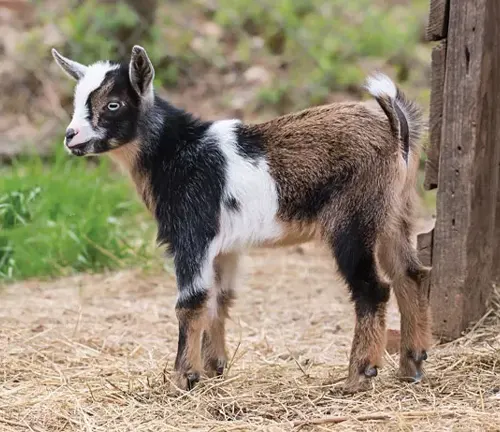
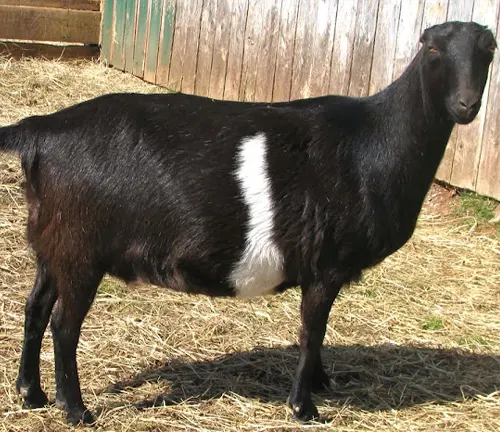
- Shelter: Provide a secure and well-ventilated shelter for your La Mancha Goats to protect them from harsh weather conditions. Ensure that the shelter is clean, dry, and free from drafts. Proper ventilation is crucial to prevent respiratory issues.
- Nutrition: Maintain a balanced diet for your goats. Offer high-quality hay, grains, and access to fresh, clean water at all times. Goats also require essential minerals and vitamins, so consider providing a mineral block formulated for goats. Consult with a veterinarian or livestock nutritionist for dietary recommendations specific to your goats’ needs.
- Health Care: Schedule regular veterinary check-ups for your La Mancha Goats to monitor their overall health and address any potential issues. Ensure that they receive necessary vaccinations and deworming treatments as recommended by your veterinarian.
- Hoof Care: Regularly trim the hooves of your La Mancha Goats to prevent overgrowth and discomfort. Hoof trimming is essential for maintaining their mobility and overall health.
- Parasite Control: Implement a parasite control program to protect your goats from internal and external parasites. This may include deworming medications and measures to reduce exposure to parasites in their environment.
- Social Interaction: La Mancha Goats are social animals and thrive on interaction with humans and other goats. Spend time with them regularly and provide opportunities for exercise and play to keep them mentally and physically stimulated.
- Fencing: Ensure that your fencing is secure and goat-proof. Goats are known for their curiosity and can be excellent escape artists. Strong fencing will help keep them safe and prevent them from wandering into unsafe areas.
- Clean Living Area: Maintain a clean and sanitary living area for your La Mancha Goats. Regularly remove manure and soiled bedding to minimize the risk of infections and maintain a healthy environment.
- Breeding and Reproduction: If you plan to breed your La Mancha Goats, be knowledgeable about the breeding cycle and ensure proper care for pregnant does and newborn kids. Seek guidance from experienced breeders or veterinarians if needed.
- Record Keeping: Keep accurate records of your goats’ health, vaccinations, breeding history, and any other relevant information. Good record-keeping helps you track their progress and detect any issues early.
Different Species
The La Mancha Goat is a distinct breed known for its unique characteristics, primarily its short or nearly non-existent ears, often referred to as “gopher ears.“
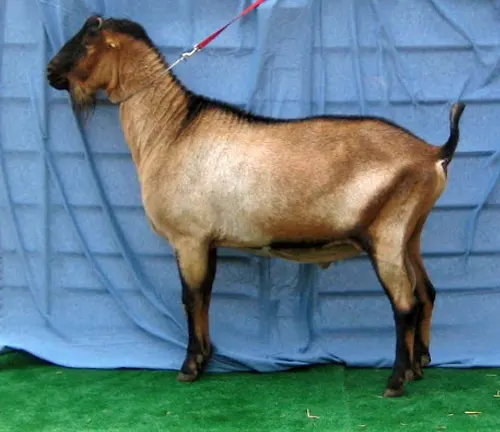
Frequently Asked Questions (FAQs)
1. What are La Mancha Goats known for?
La Mancha Goats are primarily known for their unique physical characteristic, “gopher ears,” which are very short or nearly non-existent.
2. Where did the La Mancha Goat breed originate?
The La Mancha Goat breed was developed in the United States in the early 20th century through selective breeding.
3. What are the main uses of La Mancha Goats?
La Mancha Goats are valued for their versatility. They are commonly used for dairy production, meat production, weed control, and even in showmanship events.
4. How much milk do La Mancha Goats typically produce?
On average, La Mancha Goats can produce between 1 to 2 gallons of milk per day, depending on factors like genetics and diet.
5. Do La Mancha Goats require special care for their gopher ears?
No, their ears naturally have the “gopher ear” trait, and they do not require any special care for this unique feature.
6. Are La Mancha Goats suitable for beginners in goat farming?
Yes, La Mancha Goats are known for their friendly temperament and are often recommended for novice goat owners.
7. Can La Mancha Goats adapt to different climates?
Yes, they are adaptable and can thrive in various climates, provided they have proper shelter and care during extreme weather conditions.
8. Are La Mancha Goats used for meat production as well?
Yes, while primarily bred for dairy, La Mancha Goats also provide quality meat, making them a dual-purpose breed.
9. Are there specific grooming requirements for La Mancha Goats?
While they don’t require extensive grooming, regular maintenance such as hoof trimming and coat care may be necessary.
10. Can La Mancha Goats be kept in urban environments?
With proper zoning and adequate space, La Mancha Goats can be raised in urban settings. However, it’s essential to check local regulations before keeping them in such environments.


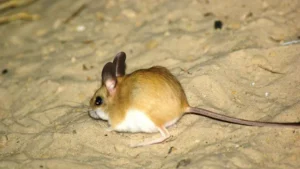

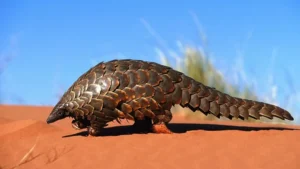


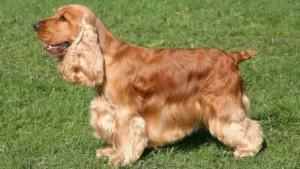
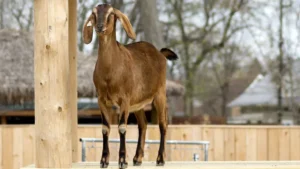
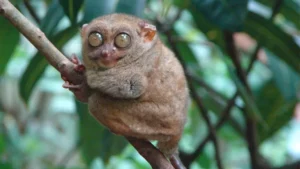


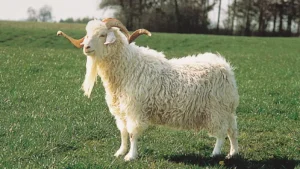

Leave your comment